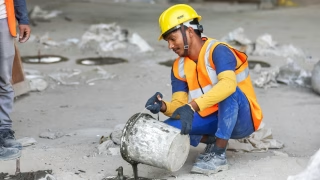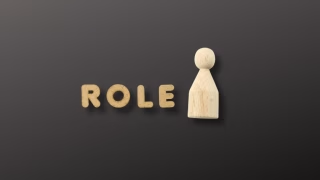
Introduction:
Jon Davies, CEO of the Australian Constructors Association, highlights the alarming gender disparity in the construction industry, where only 12 percent of the workforce comprises women. The industry’s blue-collar roles see even fewer women, with single-digit representation. This blog explores the challenges faced by women in construction and the steps taken to create a more inclusive environment.
The Gender Gap:
The construction industry has traditionally been male-dominated, leading to a significant gender gap. Stereotypes, bias, and a lack of representation have posed challenges for women entering the field, hindering diversity and innovation.
The Culture Standard Initiative:
The Construction Industry Culture Taskforce is actively addressing the gender imbalance by developing a culture standard. This initiative focuses on improving work-life balance and overall well-being to create a more inclusive and appealing environment for women.
Improving Work-Life Balance:
A key aspect of the culture standard is enhancing worker time for life. By implementing measures such as flexible work hours and family-friendly policies, the industry aims to attract and retain female talent.
Changing Perceptions:
To break down gender barriers, the industry must actively challenge stereotypes and promote positive role models. Showcasing success stories and the diverse roles women can play in construction is essential for changing perceptions.
The Road Ahead:
While initiatives like the culture standard are positive steps, achieving true gender diversity requires ongoing efforts and a collective commitment from industry leaders and individual workers alike. Building an inclusive and diverse construction sector is crucial for its growth, innovation, and overall success.
Conclusion:
Acknowledging the gender diversity challenges is the first step. The construction industry must actively address work culture, work-life balance, and perceptions to pave the way for a more inclusive future. It’s time to construct not only structures but also a workforce that reflects the diversity of our society. The journey towards gender equality may be challenging, but it is essential for the industry’s success.






